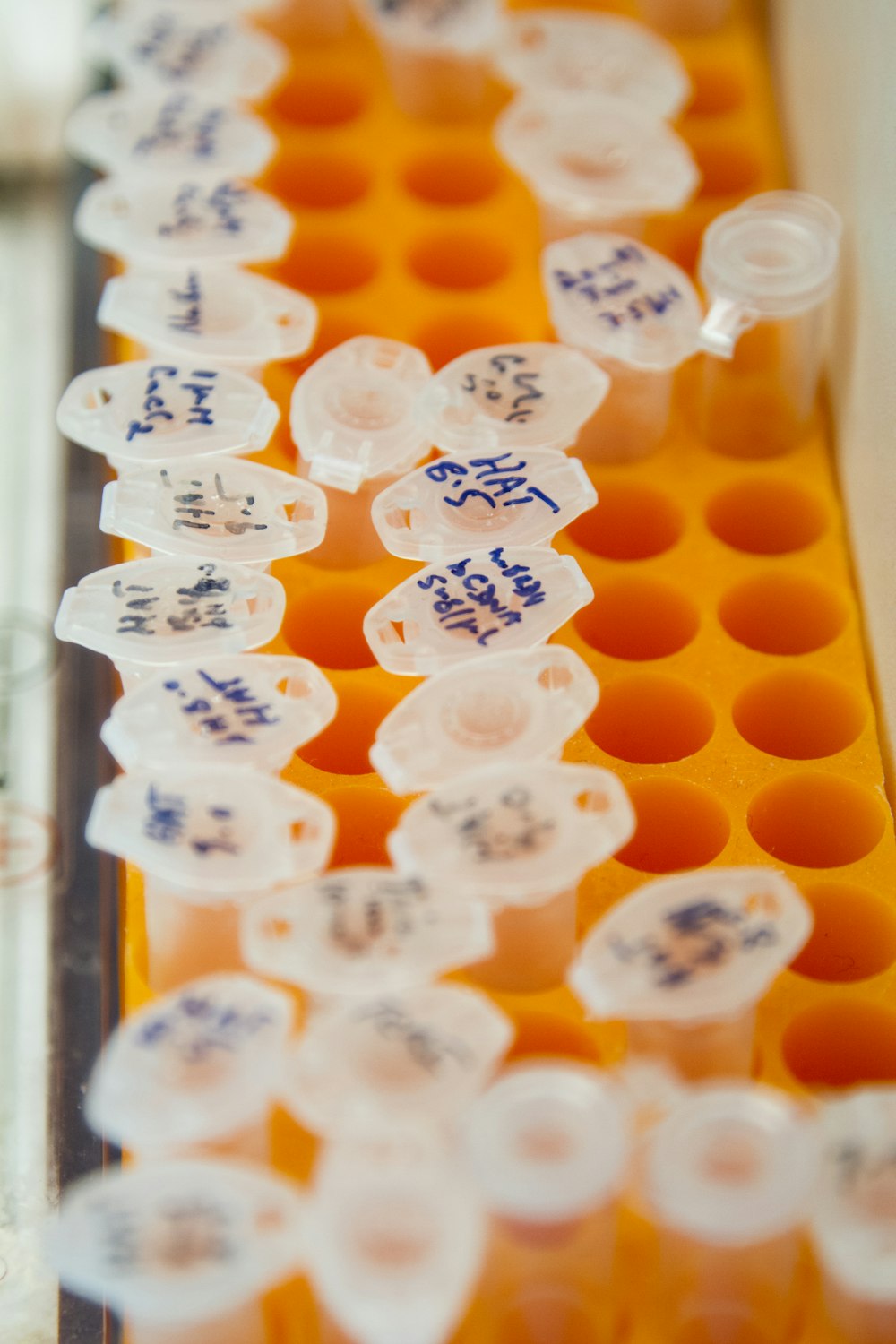
Q. Do the samples need to be in a biohazard bag when transported either by hand, on a cart, or via a tube system that can go both to the lab and the pharmacy?
A: The simple response to this question is "yes", based on the requirements in the Bloodborne Pathogens Standard. First off, let's start with the section on specimens on OSHA's website:
1910.1030(d)(2)(xiii)
Specimens of blood or other potentially infectious materials shall be placed in a container that prevents leakage during collection, handling, processing, storage, transport, or shipping.
Now we could certainly discuss the merits of urine as a function of "other potentially infectious materials", but in these days of Standard Precautions, the assumption we make is that it is presumed infectious until proven otherwise. We could also discuss the merits of the zip-lock plastic bag as a function of leakage prevention, which will clearly depend on what the specimen is in; plastic would nominally be OK, while glass is probably a little less safe, depending on the method of transport, which would be another consideration.
So moving on to labeling, it seems pretty clear that some sort of unique identifier is in order and since the "standard" for that would be the biohazard symbol, we can safely identify that combination as the way to go.
1910.1030(d)(2)(xiii)(A)
The container for storage, transport, or shipping shall be labeled or color-coded according to paragraph (g)(1)(i) and closed prior to being stored, transported, or shipped. When a facility utilizes Universal Precautions in the handling of all specimens, the labeling/color-coding of specimens is not necessary provided containers are recognizable as containing specimens. This exemption only applies while such specimens/containers remain within the facility. Labeling or color-coding in accordance with paragraph (g)(1)(i) is required when such specimens/containers leave the facility.
In the interest of full disclosure, we're including the items under paragraph (g)(1)(i) below, just in case there is something that clicks with your particular situation:
1910.1030(g)(1)(i)(A)
Warning labels shall be affixed to containers of regulated waste, refrigerators and freezers containing blood or other potentially infectious material; and other containers used to store, transport, or ship blood or other potentially infectious materials, except as provided in paragraph (g)(1)(i)(E), (F) and (G).

1910.1030(g)(1)(i)(B)
Labels required by this section shall include the following legend:
1910.1030(g)(1)(i)(C)
These labels shall be fluorescent orange or orange-red or predominantly so, with lettering and symbols in a contrasting color.
1910.1030(g)(1)(i)(D)
Labels shall be affixed as close as feasible to the container by string, wire, adhesive, or another method that prevents their loss or unintentional removal.
1910.1030(g)(1)(i)(E)
Red bags or red containers may be substituted for labels.
1910.1030(g)(1)(i)(F)
Containers of blood, blood components, or blood products that are labeled as to their contents and have been released for transfusion or other clinical use are exempted from the labeling requirements of paragraph (g).
1910.1030(g)(1)(i)(G)
Individual containers of blood or other potentially infectious materials that are placed in a labeled container during storage, transport, shipment or disposal are exempted from the labeling requirement.
1910.1030(g)(1)(i)(H)
Labels required for contaminated equipment shall be in accordance with this paragraph and shall also state which portions of the equipment remain contaminated.
1910.1030(g)(1)(i)(I)
Regulated waste that has been decontaminated need not be labeled or color-coded.
Hopefully, the above information answers this question; as long as you have something that is specifically identifiable to all who would be handling the specimens, it should be fine.

